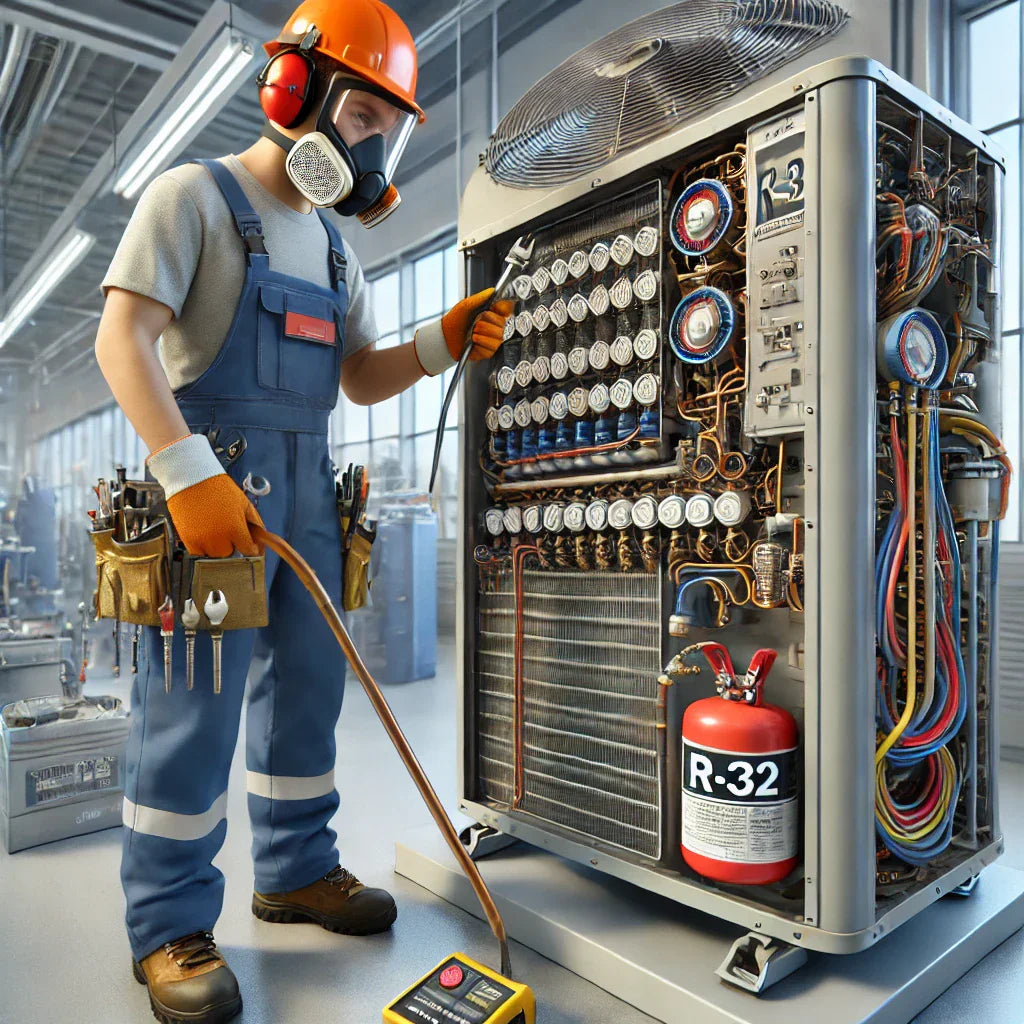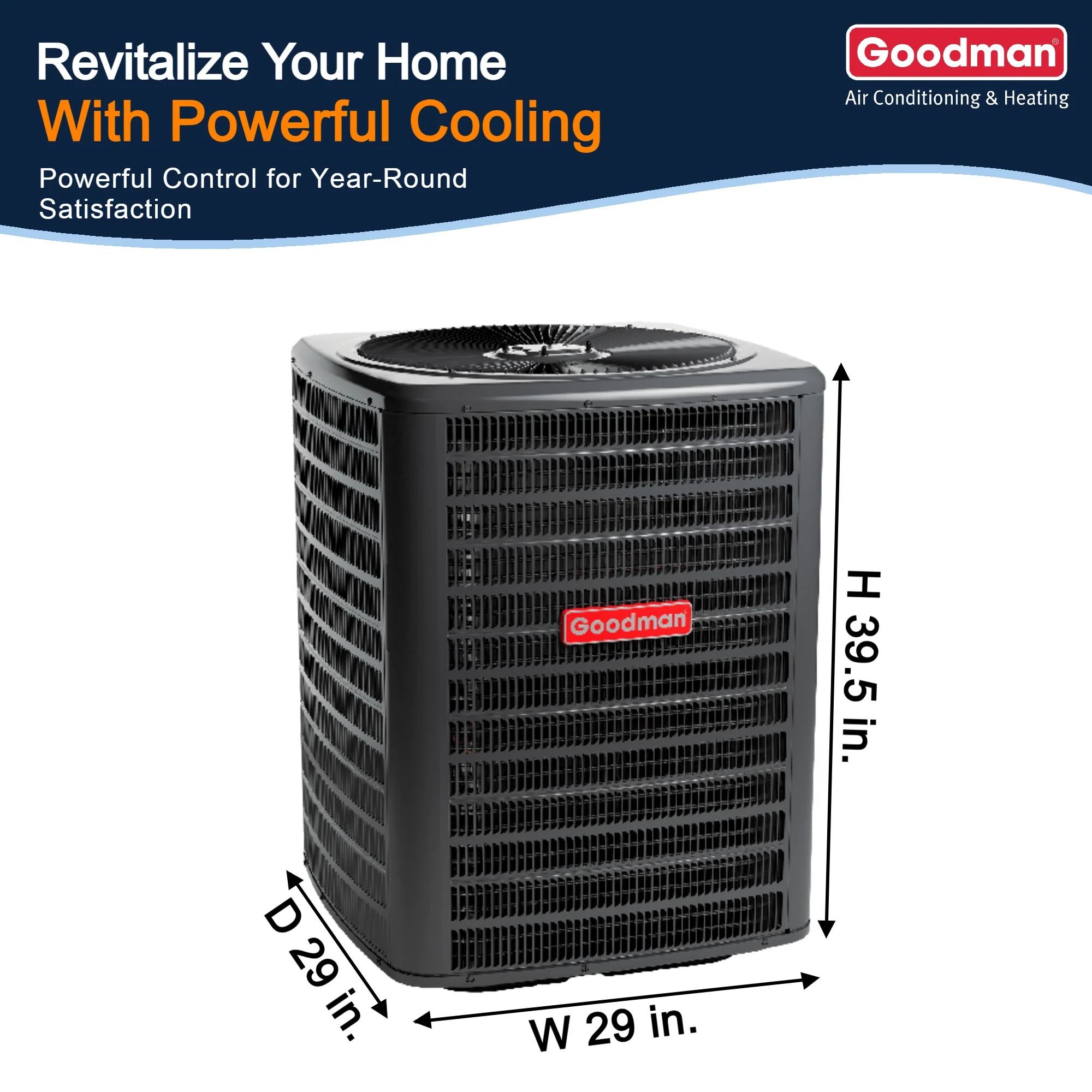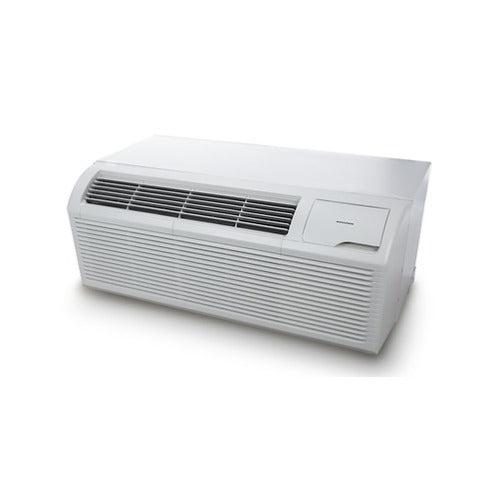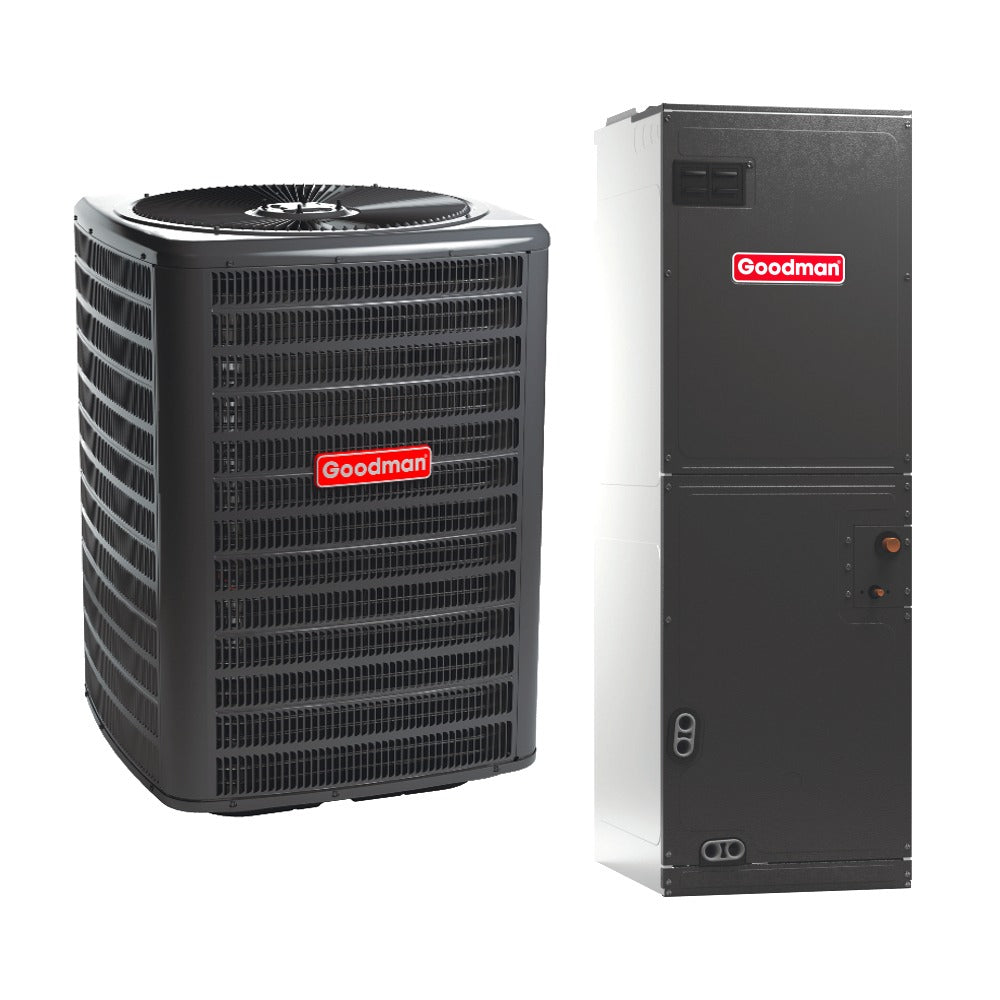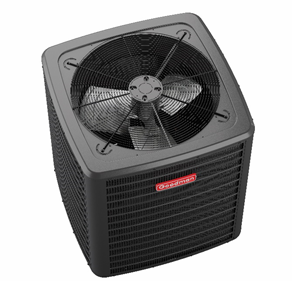Maintaining your R-32 Refrigerant air conditioning (AC) system is essential for ensuring optimal performance, energy efficiency, and longevity. Regular upkeep not only helps in reducing energy consumption but also prevents costly repairs. This guide will walk you through the fundamental maintenance practices for R-32 systems, explain key terms like BTU, SEER2, and R-32 refrigerant, and provide reliable resources for further information.The Furnace Outlet
Understanding R-32 Refrigerant
R-32 is a modern refrigerant used in AC systems known for its lower environmental impact and high energy efficiency compared to older refrigerants. It has a lower Global Warming Potential (GWP), making it a more environmentally friendly choice. However, R-32 is mildly flammable, so proper handling and maintenance are crucial.
Key Maintenance Practices
-
Regular Filter Replacement
Air filters trap dust, pollen, and other particles, ensuring clean air circulation. Over time, filters can become clogged, reducing airflow and system efficiency. It's recommended to check filters monthly and replace them every 1-3 months, depending on usage and environmental factors.
-
Cleaning Coils
The evaporator and condenser coils can accumulate dirt over time, hindering heat transfer and forcing the system to work harder. Cleaning these coils annually helps maintain efficiency. Ensure the unit is turned off before cleaning, and use appropriate coil cleaning solutions.
-
Checking Refrigerant Levels
Proper refrigerant levels are vital for optimal cooling performance. Low levels can indicate leaks, which should be addressed promptly by a certified technician. The Environmental Protection Agency (EPA) requires that only certified professionals handle refrigerants like R-32.
-
Inspecting Ductwork
Leaky or poorly insulated ducts can lead to significant energy losses. Periodically inspect ductwork for leaks and ensure they are sealed properly to maintain system efficiency.
-
Monitoring System Controls
Regularly test the system's controls to ensure proper cycling and safe operation. This includes checking the thermostat settings and ensuring the system starts, operates, and shuts off correctly.
-
Seasonal Maintenance
-
Spring and Summer: Prepare for the cooling season by cleaning the outdoor condenser unit, checking refrigerant levels, and ensuring the thermostat is functioning correctly.
-
Fall and Winter: Before the heating season, inspect furnace burners and heat exchangers, replace air filters, and test the heating system's operation. The Furnace Outlet
-
Understanding BTU and SEER2
-
BTU (British Thermal Unit): A measure of heat energy; in AC systems, it indicates the amount of heat the unit can remove from a room per hour.
-
SEER2 (Seasonal Energy Efficiency Ratio 2): An updated metric that measures the cooling efficiency of AC systems over a typical cooling season. Higher SEER2 ratings indicate more energy-efficient units, leading to lower operating costs.
Regulatory Compliance
Adhering to regulations set by organizations like ASHRAE (American Society of Heating, Refrigerating and Air-Conditioning Engineers) and the EPA ensures safe and efficient operation:
-
ASHRAE Standards: Provide guidelines for the inspection and maintenance of HVAC systems.
-
EPA Regulations: Mandate proper handling and disposal of refrigerants to prevent environmental harm.
When to Call a Professional
While regular maintenance can be performed by homeowners, certain situations require professional assistance:The Furnace Outlet
-
Refrigerant Handling: Due to the flammable nature of R-32, only EPA-certified technicians should handle refrigerant-related tasks.
-
Electrical Issues: Problems with wiring or electrical components should be addressed by qualified professionals to ensure safety.The Furnace Outlet
-
Persistent Performance Issues: If the system experiences ongoing problems despite regular maintenance, a professional diagnosis is necessary.
Conclusion
Regular maintenance of your R-32 AC system is crucial for ensuring optimal performance, energy efficiency, and longevity. By understanding key components and adhering to recommended practices, you can enjoy a comfortable indoor environment while minimizing energy costs. Always consult with certified professionals for tasks beyond routine maintenance to ensure safety and compliance with regulations.

